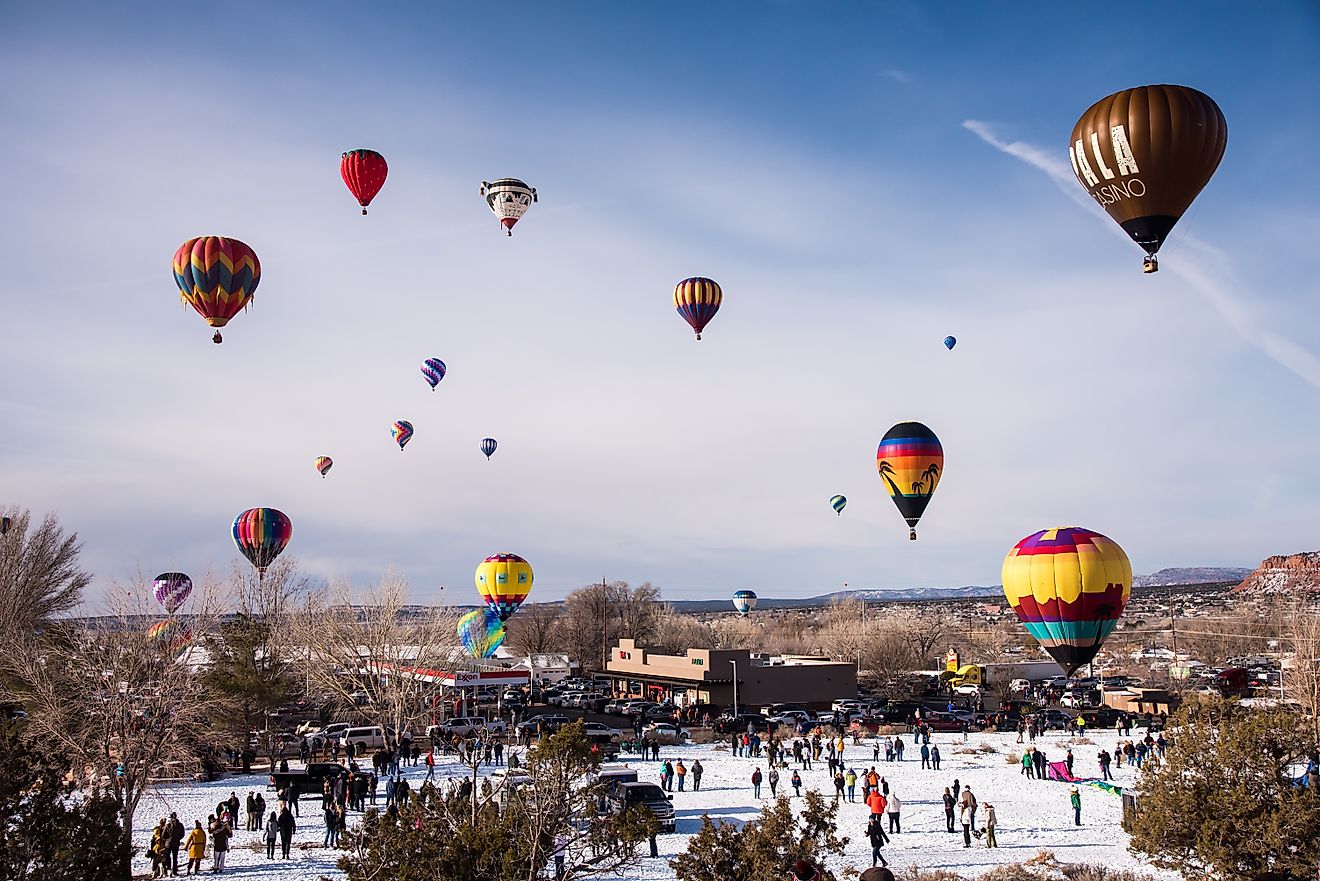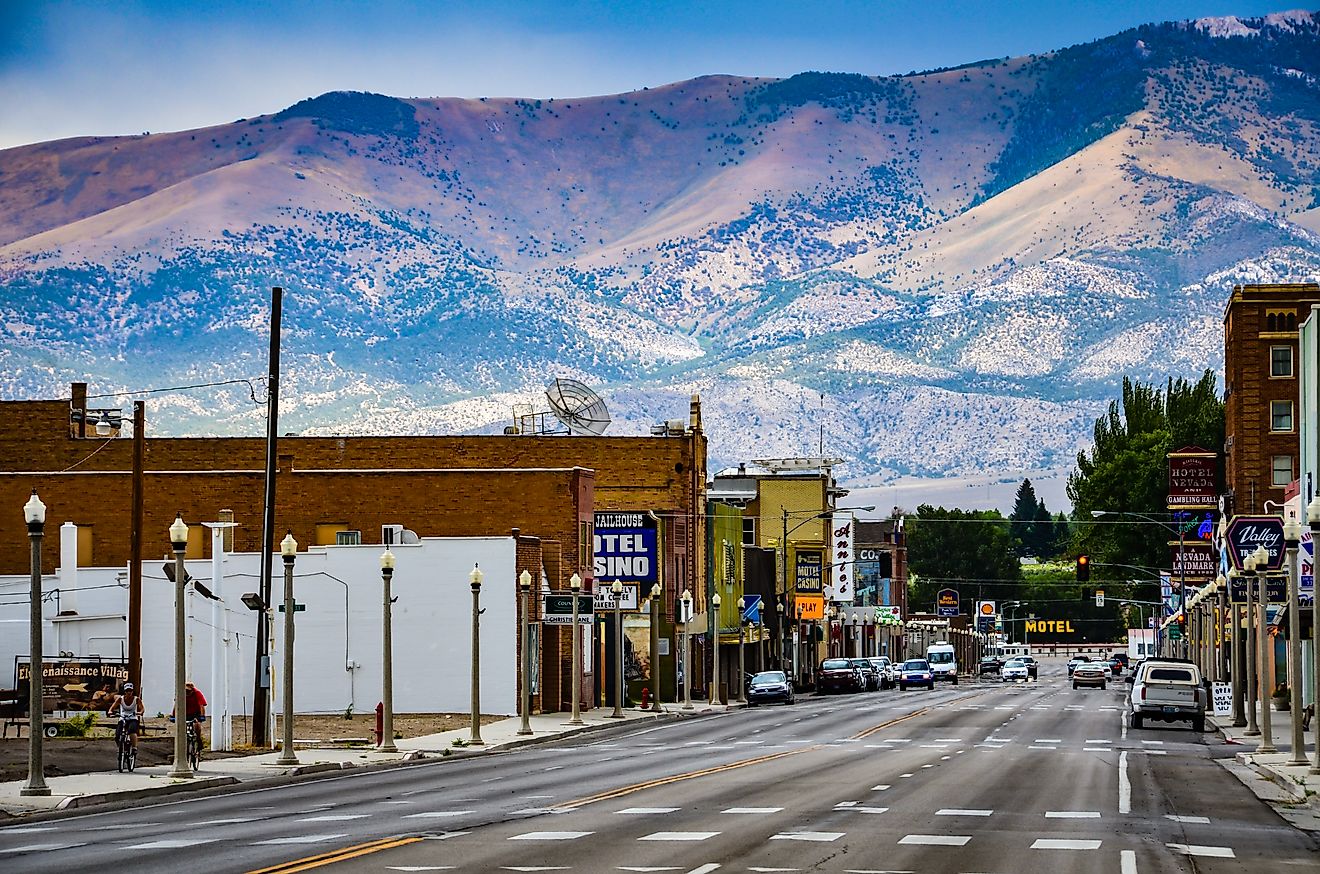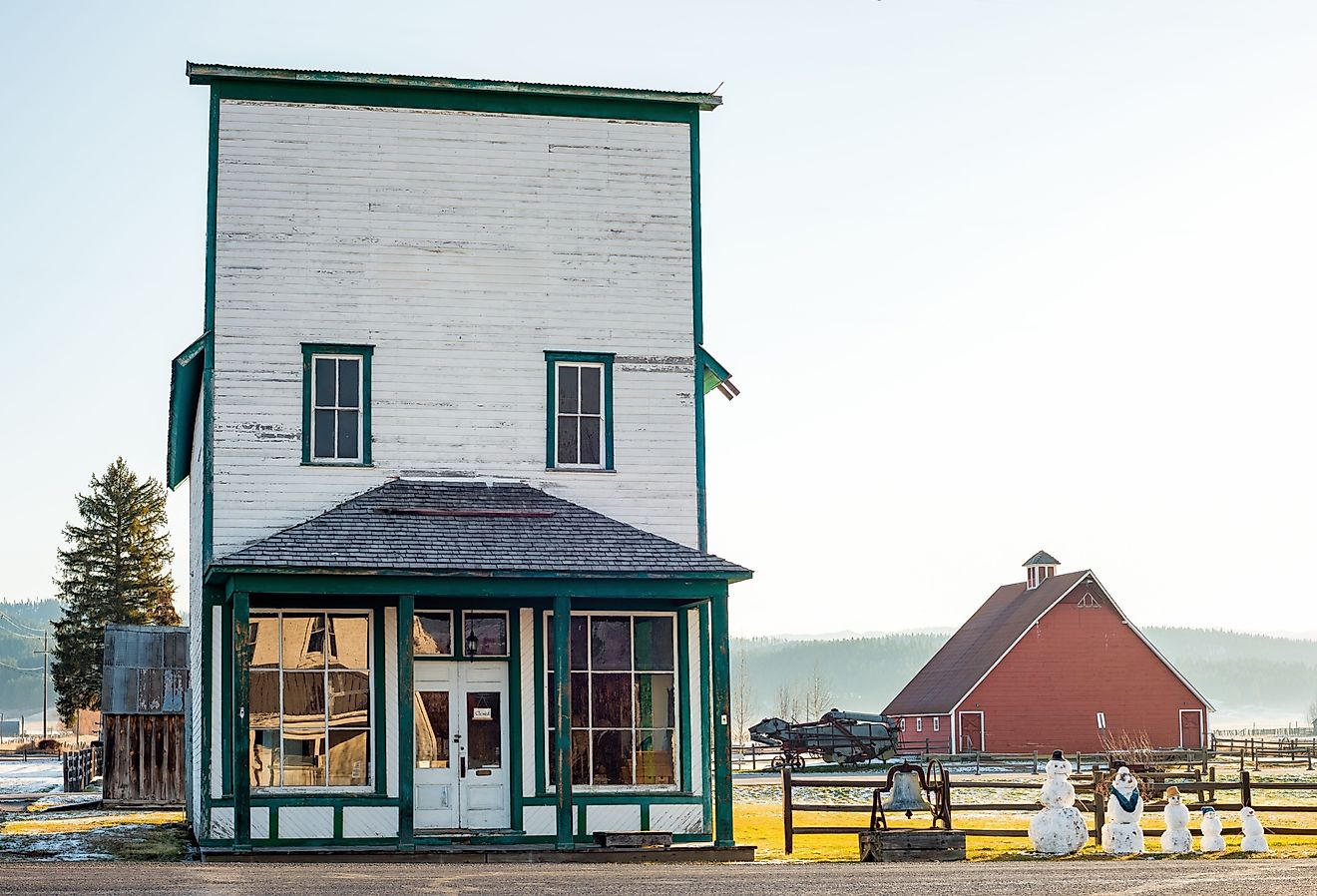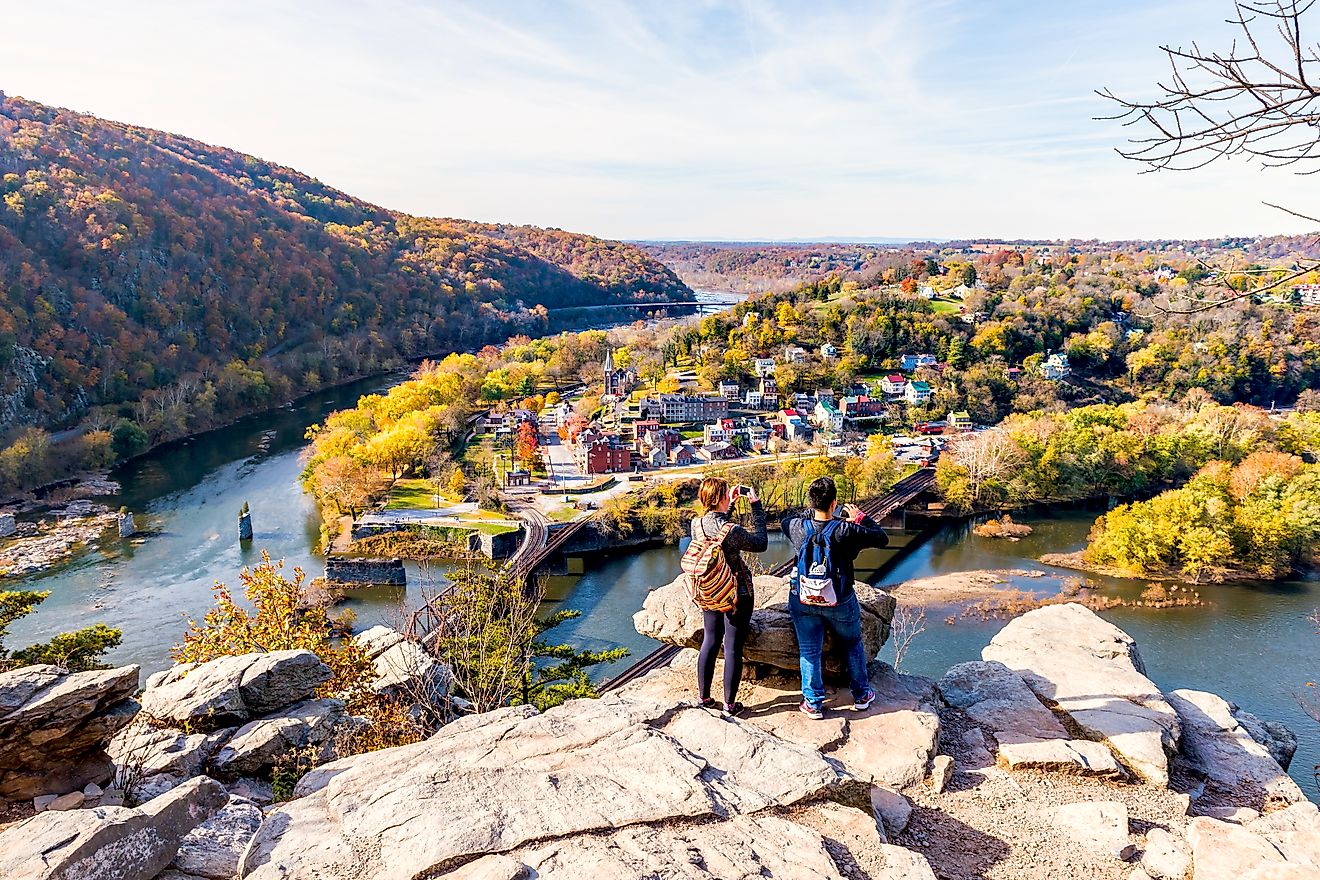
The 7 Most Awe-Inspiring Dams in the US
From blocking destructive flows of water to aiding in the generation of hydroelectric power, dams are an important feat of engineering crucial to much of modern living. Across the United States, a number of dams serve multiple functions, and some are even more than a century old. Indeed these structural marvels are not just important functionally but provide an appreciation of human ingenuity and innovation.
Hoover Dam, Nevada/Arizona

On the border between the states of Nevada and Arizona, the mighty Hoover Dam overlooks the Colorado River. Named one of the greatest feats of modern engineering in American history, the Hoover Dam, completed in 1936, spans a width of an amazing 1,244 feet. With its distinctive concrete arch, the Dam stands some 726 feet high and generates electrical power across Arizona, Nevada, and even some spots in California.
In addition, the Hoover Dam serves as an irrigation controller and a flood protector and sees up to 7 million tourists each year. With the impressive reservoir Lake Mead just behind the Dam, the visual delight of Hoover is too one of the reasons to appreciate this truly great American engineering success story.
Glen Canyon Dam, Arizona

Completed in 1966, the 710-foot-tall Glen Canyon Dam like its counterpart the Hoover Dam also overlooks a portion of the Colorado River. In a further similarity to the Hoover Dam, the Glen Canyon Dam also forms a reservoir lake, Lake Powell, which is the second largest manmade body of water in the United States.
A key generator of hydroelectric power, Glen Canyon Dam is also important as a holder of runoff water. Indeed its water is used to alleviate droughts in several parts of the American West. With its eight generators, the Dam has an astonishing capacity of 1,320 megawatts, producing electricity for such states as Arizona, Nevada, Utah, New Mexico, and Colorado.
Dworshak Dam, Idaho

Standing some 717 feet high, Idaho’s Dworshak Dam is the third tallest dam in the United States. Overlooking the North Fork of the Clearwater River, Dworshak Dam opened in 1973 after seven years of construction. Responsible for much of Clearwater County’s hydroelectrical power and flood control measures, the Dam has however raised environmental concerns for its blocking of fish migration in the area. Furthermore, the reservoir lake flooding into the natural habitats of elk has been a point of contention. Still, this architectural marvel remains one of the Western United States’ most stunning dam creations, with the tallest non-curved concrete face in the Western Hemisphere.
Oroville Dam, California

At 770 feet tall, the Oroville Dam is America’s tallest Dam. Unlike many of its modern counterparts, however, this hydroelectric structure just over 62 miles north of Sacramento is not made of concrete, but of earth-fill (various compositions of soil and rock). Overlooking the Feather River in the foothills of the Sierra Nevada Mountains, Oroville Dam is also an important water supplier and flood protector. Completed in 1968, its reservoir Lake Oroville can hold up to 3.5 million acre-feet of water!
Fort Peck Dam, Montana

It may not be the tallest (standing at just 250 feet tall), but the Fort Peck Dam is certainly one of the country’s longest. Spanning an impressive distance of 21,026 feet, it is the largest hydraulically filled dam in the United States. Overlooking a portion of the mighty Missouri River, Fort Peck Dam took ten years to complete. Finished in 1940 at a then cost of $100 million, the Dam is an important source of flood control and hydroelectric power for the region. Operated by the US Army Corps of Engineers, the Dam is also the site of Fort Peck Lake, the fifth-largest reservoir lake.
Grand Coulee Dam, Washington

Washington state’s Grand Coulee Dam is undoubtedly very grand, with some 12 million cubic yards of concrete. Spanning a portion of the Columbia River this hydroelectric powerhouse reached completion in 1942 and spans a length of 5,223 feet while standing 550 feet tall. With its 21 billion kilowatts of electricity produced each year, Grand Coulee is by far the most powerful dam in the United States. Additionally, the dam’s reservoir, the Franklin D. Roosevelt Lake stretches for about 155 miles with the Canadian border and has an astonishing 602 miles worth of shoreline.
Theodore Roosevelt Dam, Arizona

One of modern America’s oldest dams, the Theodore Roosevelt Dam opened in 1911 at a cost of $10 million. Situated on the Salt River near Phoenix, the dam's construction was principally to provide irrigation for the harsh desert conditions of Arizona. In addition to its use as a flood protector, the dam has also featured updates to include some hydroelectric generators. Known for its masonry work designed in a Greco-Roman style, until a major renovation project in the 1990s covered the design with concrete, the Dam stands some 357 feet tall. Its reservoir, Roosevelt Lake spans a length of 22 miles and is the largest man-made body of water in Arizona.
Dams have proven to be an essential component of modern societies, and their presence in the United States is no less significant. From the generation of hydroelectric power, the blockage of devastating water flows, and the crucial irrigation of land, these American dams are truly awe-inspiring feats of engineering brilliance. From the desert of Arizona to the mountains of northern California, these dams are a great testament to humanity's ingenuity and spirit of innovation.











